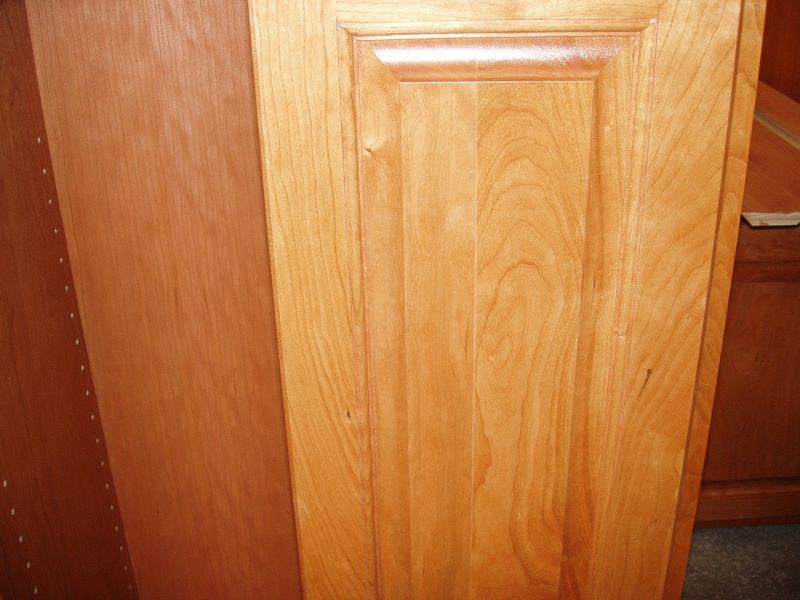Question
We use ML Campbell's catalyzed primer, which is not supposed to be used after a certain number of hours. What happens if you use it outside that time limit? I hate to throw away primer or paint at the end of the day just because I didn't use quite as much as I thought I would.
Forum Responses
From contributor H:
Two-component materials are stupid. They do not know the difference between the parts you are coating and the inside of your spray system. At worst, you have a boat anchor, at best, especially if it is cool outside, you have used up one of your lives and used up materials that would go to waste. The pot life is time and temperature, so there is some latitude if the temperature is cooler. This is just a problem that we all encounter.
1) What you are trying to do is slow down a chemical reaction. The best way to do this is to remove energy (in this case heat) from the system. Cooling the catalyzed material will certainly do this, and since I live in Phoenix, this is something I've learned how to do.
2) Or you can reduce the percentage of catalyst in solution, which also slows down the chemical reaction. This you do by adding virgin material to the catalyzed material. When you want to use the material again (say the next morning), you add the amount of catalyst that only the virgin material requires. So here we go. You've got a quart left over. Add a gallon of virgin material. Next time you need to use the mixture, add the amount of catalyst needed for the gallon that was not catalyzed. This is actually a fairly simple system. If you refrigerate the catalyzed material without adding the virgin material, you can normally get two to three days out of it, as long as it's in the fridge during that time. A generic rule of thumb for chemical reactions is that they double in speed for each 10 degrees C from room temperature (considered to be 25C). They also slow by half for each 10C below room temperature, so if you put a catalyzed mixture that would have an 8 hour pot life at 25C into a 5C refrigerator, its pot life would become about four times as long, or 32 hours. Another example of better living through chemistry.
Comment from contributor A:
I have done plenty of testing of materials that have been catalyzed over periods of time. All of the above ideas are sound ones to a point. I have found that the longer material is catalyzed and crosslinking after its initial pot life schedule per supplier's recommendation, you will start losing chemical resistance properties. You may get wrinkling when you apply the next coat (even if the next coat is fresh) or you may get failure out in the field. Bottom line is that I would pitch any material that was first catalyzed several days earlier even if you used the "virgin" method. You will still have material that has been reacting from the initial catalyzation.
For example: To 1 gallon catalyzed finish add 1 gallon of virgin finish material uncatalyzed to stop the reaction. There usually won't be enough catalyst in the batch to crosslink the extra that was added so it will hold over till the next day. Just prior to spraying the next day, add the correct amount of catalyst for the 1 gallon you added the day before.
This does not work with everyone's coatings, so you have to do a small test batch to see how it fits with the products you spray.
Many large manufacturers do it this way successfully.
